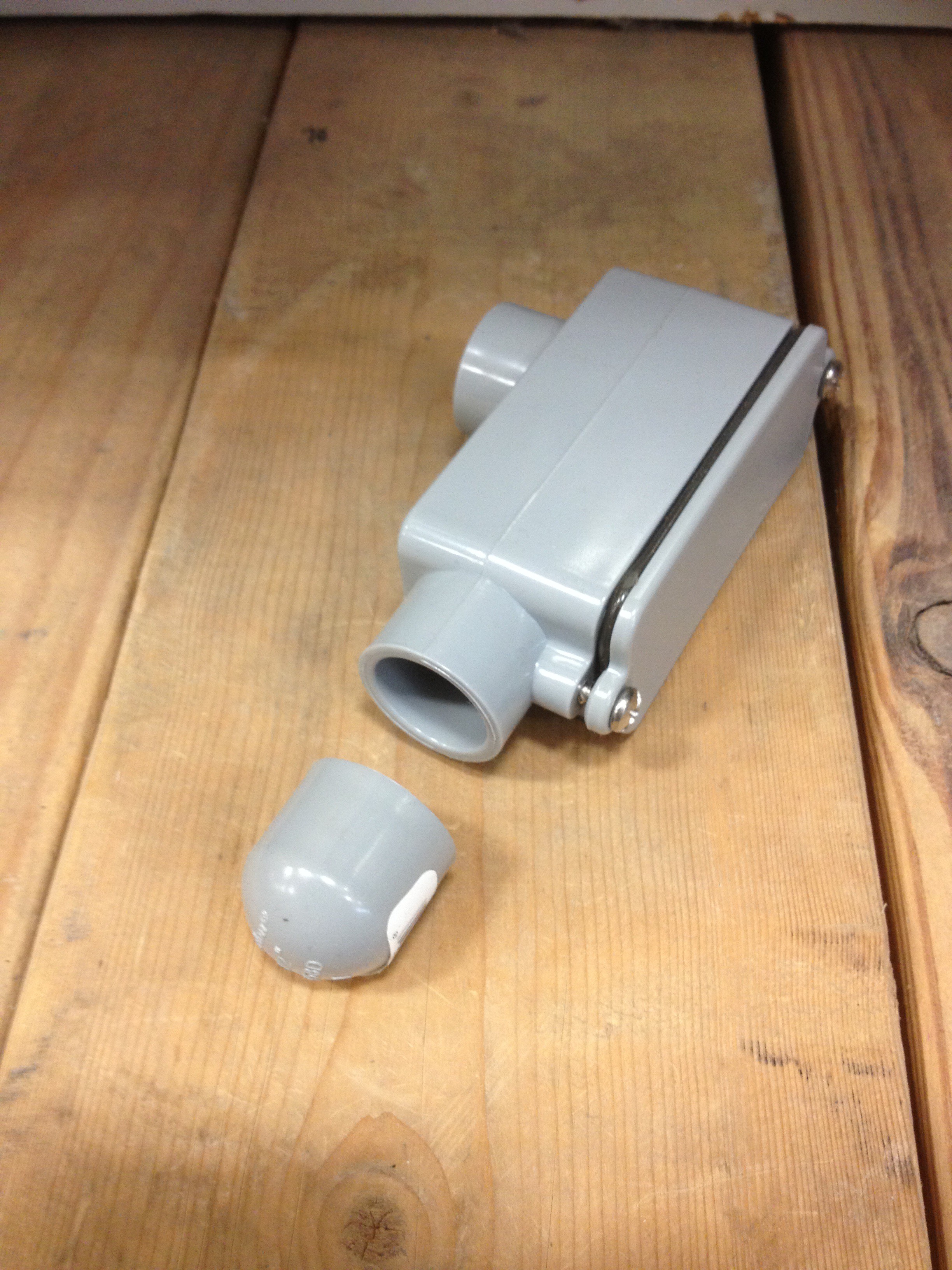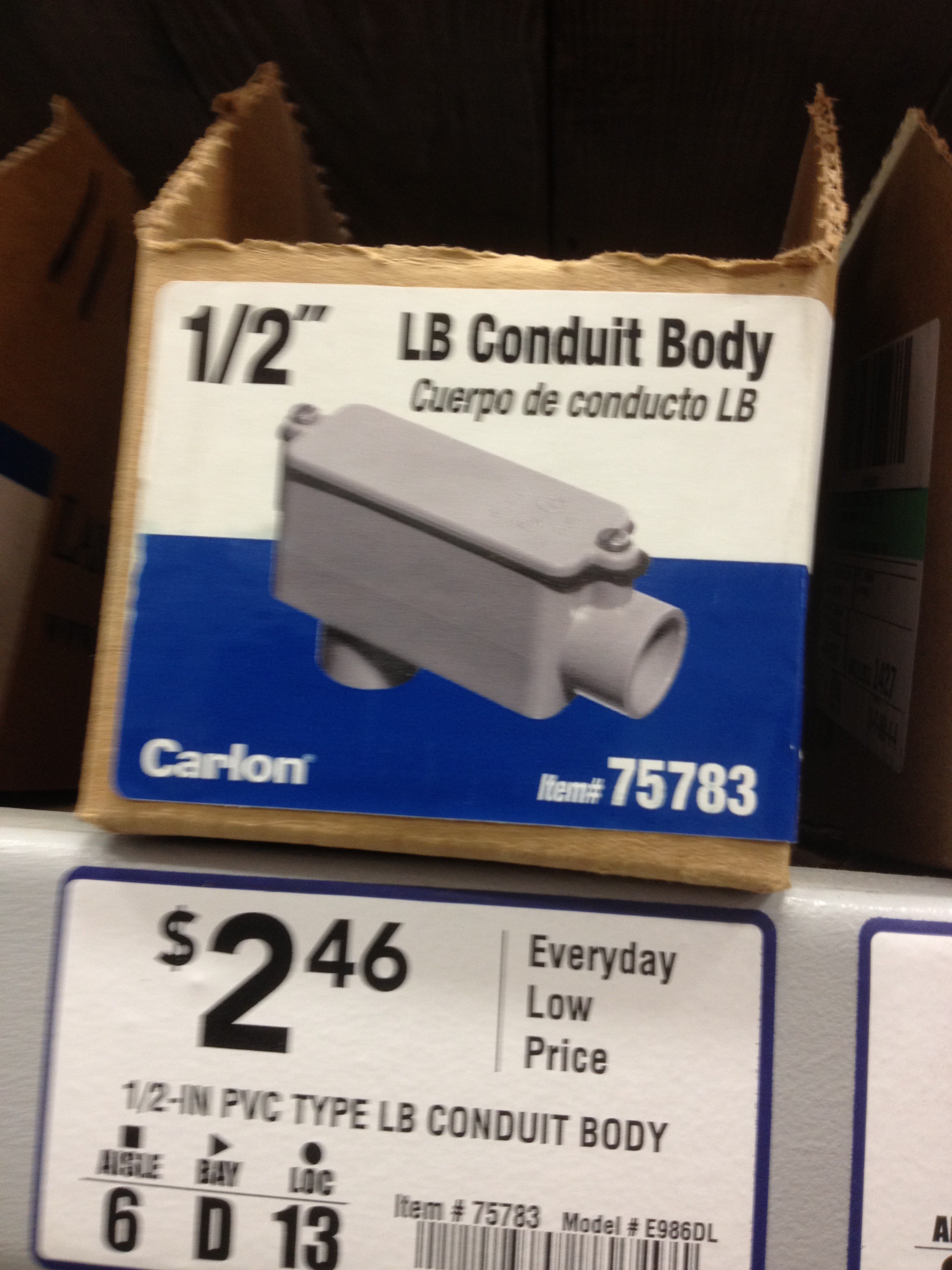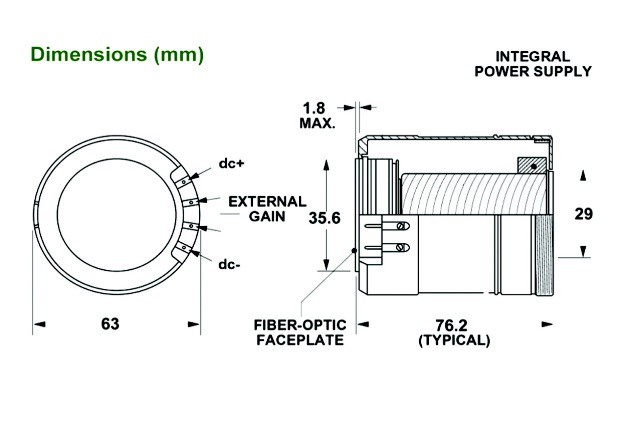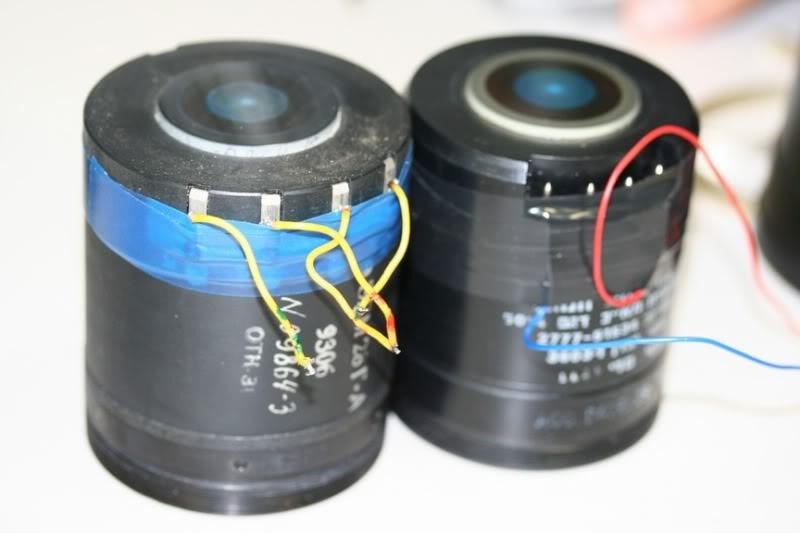This is a real night vision (NV) scope. Infrared LED's are NOT required or needed for this scope to operate. Military surplus parts are available to create a generation 2 or 3 scope depending on your budget and luck sourcing parts. The scope in this build uses a generation 3 NV tube from an M1 tank.
DIY Night Vision Scope
Construct a night vision scope using military surplus parts and lenses salvaged from an old 35mm camera.
 Cheeky Monkees
Cheeky Monkees





